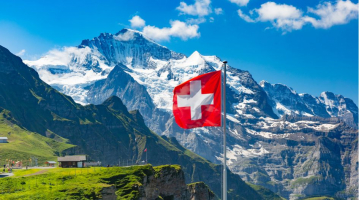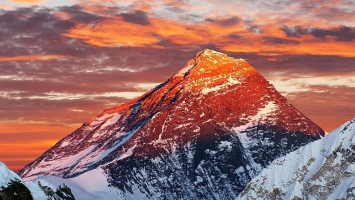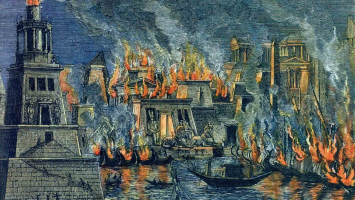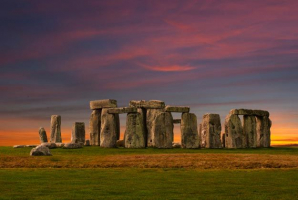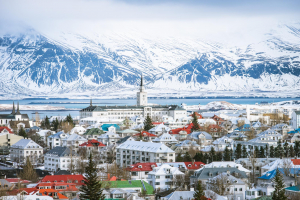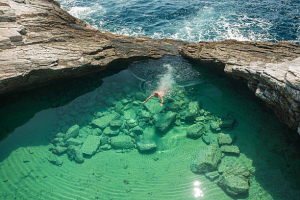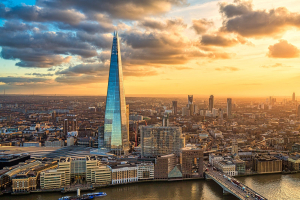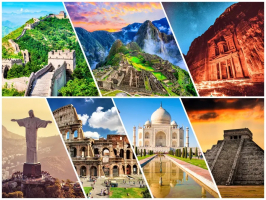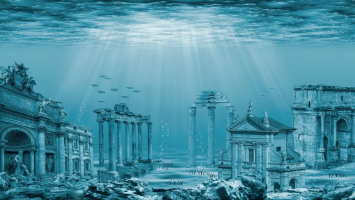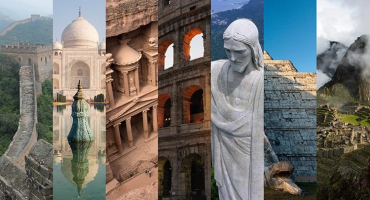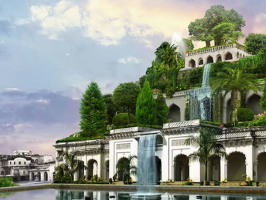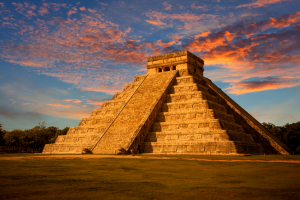Top 10 Amazing Natural Wonders Lost to Time
The Grand Canyon or Victoria Falls, for example, come to mind when most people think of natural wonders. Even though they are recognizable, those are also ... read more...fairly robust and built to last a lifetime. The Grand Canyon is unlikely to be destroyed anytime soon. Yet many more natural wonders that captivated people's attention with their beauty, magnitude, or originality have regrettably completely disappeared from the face of the earth. Here are 10 that have been lost to the passage of time.
-
With an area of nearly nine million square kilometers, the Sahara Desert is best recognized for being the world's largest hot desert. Sand essentially occupies all of that space. But right in the middle of all that nothing, there was one really peculiar feature that had been recognized for almost 300 years: an acacia tree known as the Tenere Tree. You might drive 250 kilometers and still not come across another tree. Against all odds, that one plant somehow managed to thrive. up until a drunk driver crashed into it.
Deserts do not last forever, and the Sahara used to be more vivid than it is now. The tree was able to establish root, grow, and thrive at that point despite the shifting environment around it. The tree itself appeared about as old and dejected as any tree in the desert should, yet it was believed that its roots extended 100 feet below the surface in search of water.
The tree was felled in 1973 by a truck driver who followed the path of ancient commerce roots. Given that he drove into the only item for 250 miles in any direction, it is reasonable to assume that the rumor that he was intoxicated is accurate. The destroyed tree is now preserved in a museum in Niger, and a metal tree has been constructed in its place as a monument.
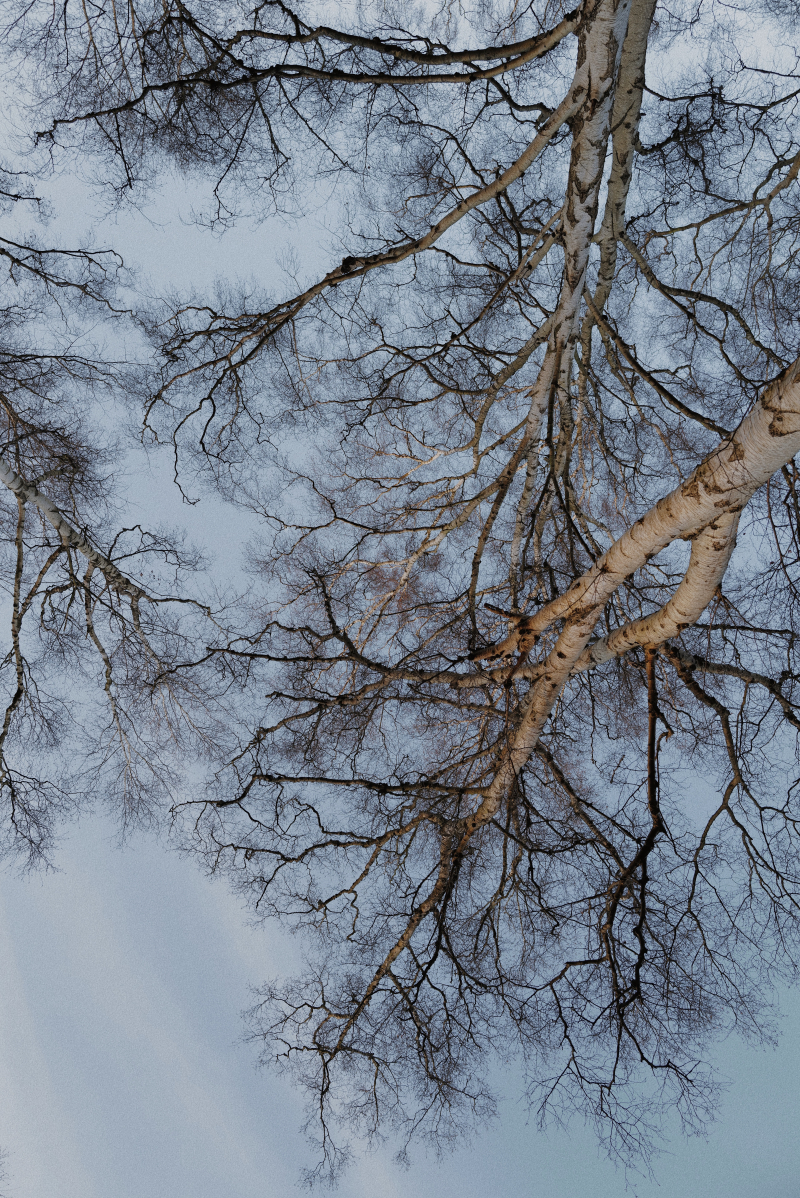
Image by Lina Kivaka via pexels.com 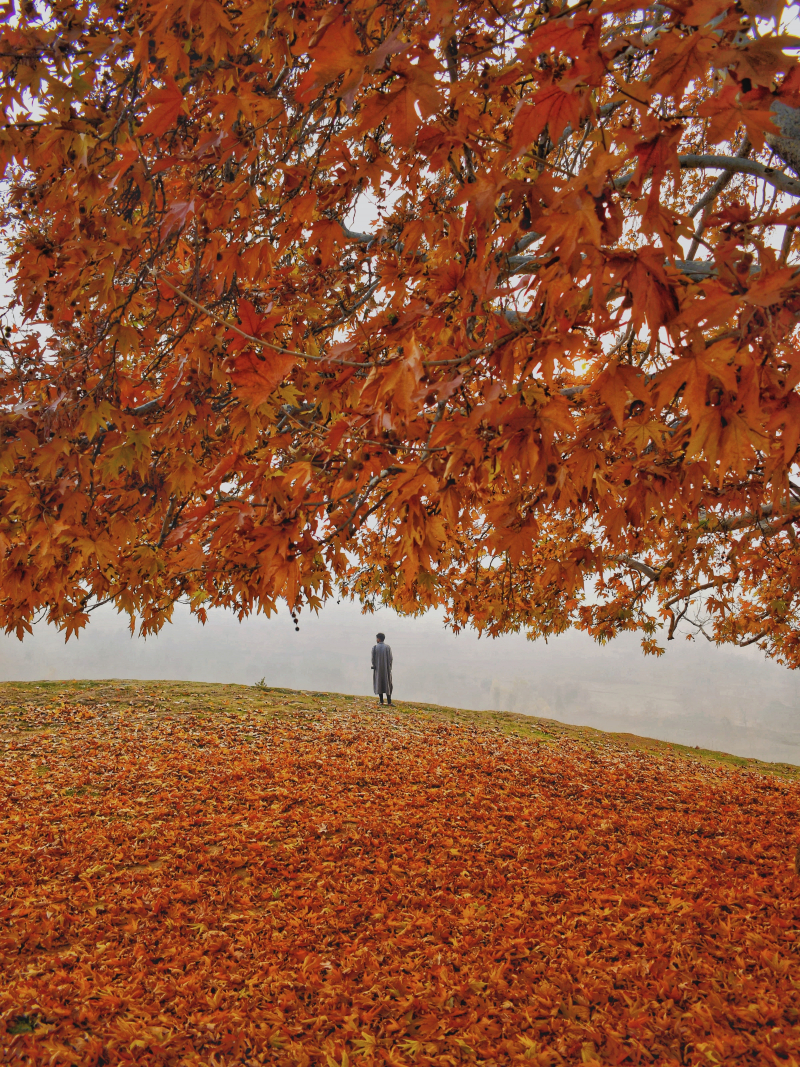
Image by Aajit via pexels.com -
At slightly more than 26,000 square miles, the Aral Sea was the fourth-largest lake in the world, behind the Caspian Sea, Lake Superior, and Lake Victoria. It was situated between Kazakhstan and Uzbekistan. Naturally, all of that is in the past tense as the Aral Sea no longer exists.
The lake contained nearly a thousand islands collectively known as the Sea of Islands. When water levels began to fall in the 1960s, problems started to arise. The cause? Russian Federation. Many irrigation projects carried out by the Soviets involved rerouting rivers away from the lake and toward other areas. The lake had nearly completely dried up by 2014.
The destruction of the lake has radically altered the terrain and is regarded as one of the worst environmental catastrophes ever. The lake, which has since split into multiple smaller lakes, is currently being preserved. The South Aral in Uzbekistan largely died off, while the North Aral became two different enterprises. In some areas of Kazakhstan's North Aral, which is currently being conserved, fish are once more living there.
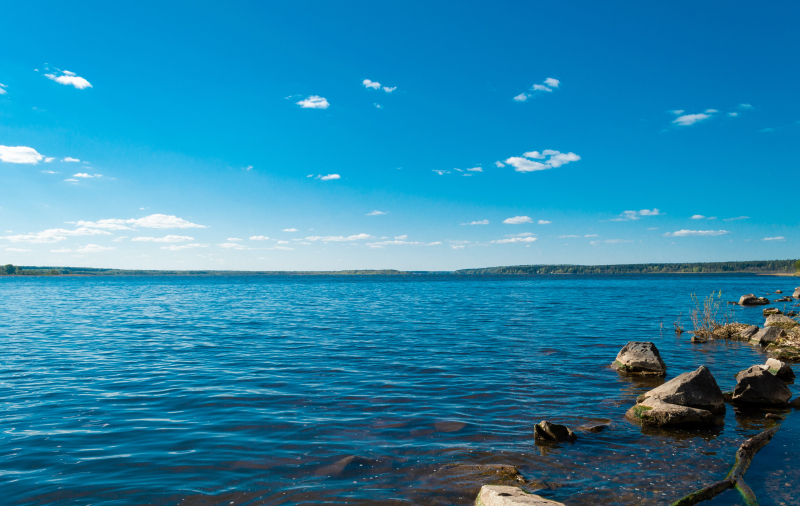
Image by Daniel Spase via pexels.com 
Image by Bri Schneiter via pexels.com -
The Pink and White Terraces of New Zealand once held the record for the greatest concentrations of silica sinter, or geyserrite, in the entire globe. Lake Rotomahana is where the terraces were created. Actually, there were two terraces. A few hundred meters apart, one was the pink and one was the white. As boiling geysers drained down the mountain over a long period of time, they formed. Over time, silica that was pink in one location and white in another accumulated there with the water. The end result was a series of terraces made of stone that resembled steps with lakes on each level.
The terraces, which attracted visitors from all over the world, were regarded as the 8th Wonder of the World. Finally, Mount Tarawera erupted in 1886. The terraces were destroyed by the eruption, which also destroyed the local town and the surrounding environment. The terraces were then sent to the bottom of the lake, which was now much deeper than it had ever been.
During time, attempts have been made to re-discover the terraces, and it has been hypothesized that some of them were not completely destroyed but rather buried. The requirement for an excavation of the Maori-owned land is, however, not well-supported by the available data.Video by GNS Science on Youtube Video by Beyond Science on Youtube -
The Great Barrier Reef is still there, no. not yet, at least. Yet, things are not looking good and it is only still standing if you see it as a whole as opposed to the various parts that made it up. In actuality, the Great Barrier Reef has lost half of its coral since 1995. Future forecasts are not good. Some claim that if nothing is done to protect the Reef today, it will be gone by the year 2050. Others have claimed that it is now nearly hard to accomplish this.
Our oceans and the entire planet would suffer an unimaginable loss. In reality, it is composed of close to 3,000 smaller reefs. The Reef has suffered as a result of overfishing, climate change, and pollution.
The Great Barrier Reef and other reefs like it are under risk of being destroyed, which could result in up to 25% of marine species losing their habitat. Without the reef to provide protection, the local fishing industry would be decimated, and the neighboring coastal communities would experience severe erosion and weather-related damage, among other problems.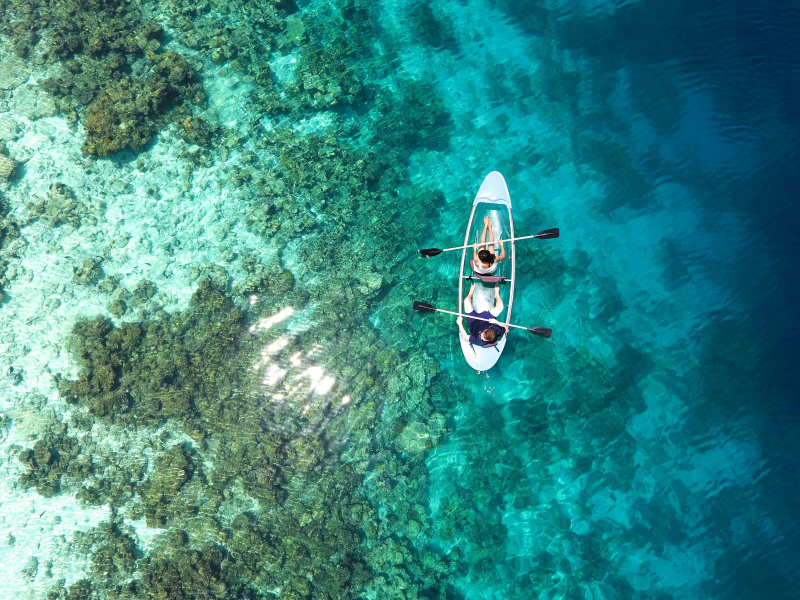
Image by Asad Photo Maldives via pexels.com 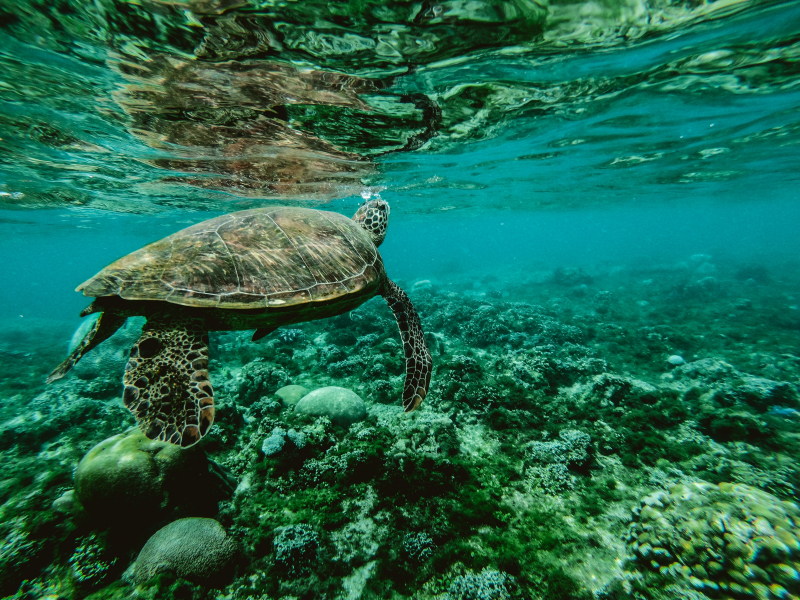
Image by Belle Co via pexels.com -
The Old Man of the Mountain, also known as the Big Stone Face, was actually just a piece of granite that, when viewed from the appropriate angle, resembled a human profile. Yet, since enough people could see the profile, it eventually became a landmark. Humans enjoy spotting patterns and recognizable features in things.
The granite cliffs were on Cannon Mountain, which is a portion of Franconia Notch State Park in New Hampshire. The 40-foot-tall imposing face had importance for the local native tribes. It was known as Stone Face by the Abenaki. Legend has it that a man by the name of Nis Kizos once waited on a mountain for his beloved to come back after she had gone to her town to attend to a sickness.
Every day he searched for her on the mountain, but she never showed up. The brother of Nis Kizos climbed up the mountain to break the heartbreaking news that she had passed away in her hamlet. He discovered that his brother was no longer there and that his face was now permanently protruding from the mountain, surveying the landscape.
The elderly guy vanished in 2003 after actually gazing into space for a very long time. Years of freezing and thawing had damaged the stone until it could no longer withstand the extreme temperature changes. When chains were attached to hold it together in the 1920s, attempts to fix it have been made. The government invested $25,000 in a repair attempt in the 1950s to preserve it using cement and other materials, but it was obvious that this was only a temporary fix.

Image by eberhard grossgasteiger via pexels.com 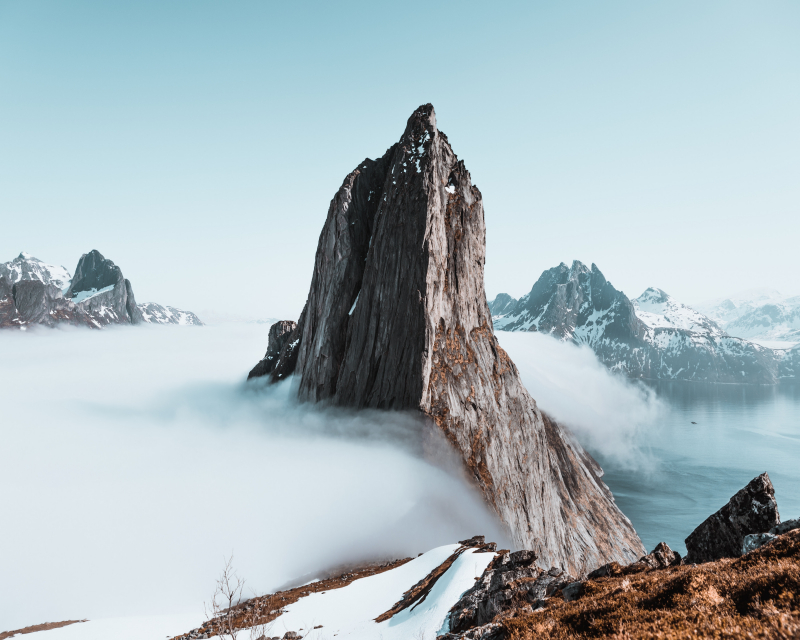
Image by Tobias Bjørkli via pexels.com -
There are a few locations that come to mind when the majority of us think about skiing. maybe Colorado and British Columbia. France and Switzerland are included. What about Bolivia, though? On Chacaltaya mountain, there was a well-known ski resort in the nation. It was the highest ski resort in the entire globe at more than 17,000 feet above sea level, making it something a genuine ski enthusiast would undoubtedly want to visit at least once. And if you felt that yearning prior to 2009, you could have had the opportunity.
The resort is now a deserted structure perched atop a steep mountain. And by 2009, the 18,000-year-old Chacaltaya glacier had completely vanished from the landscape. The resort was constructed in the 1930s, and the disappearance of the glacier in the 1980s was fairly apparent as unfavorable weather patterns and precipitation eroded it away. Researchers estimated that the glacier will completely disappear by 2015 in the 1990s. Their prediction was wrong by a few years.
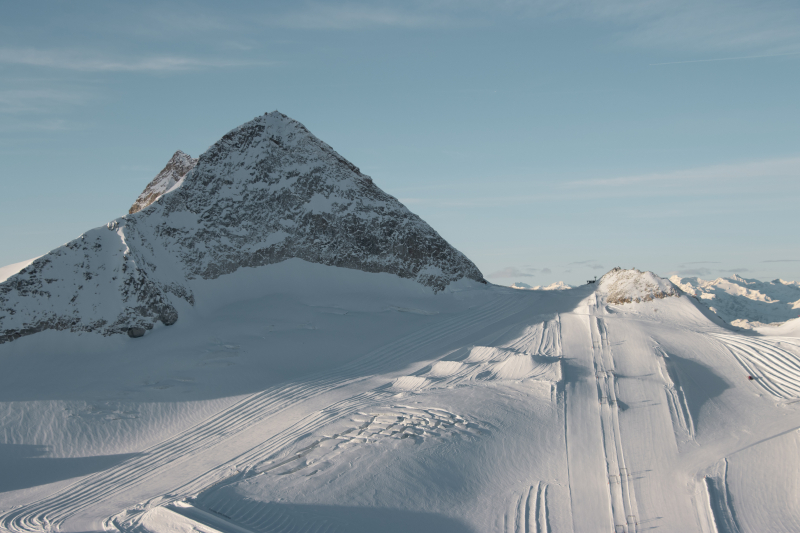
Image by Tobi &Chris via pexels.com 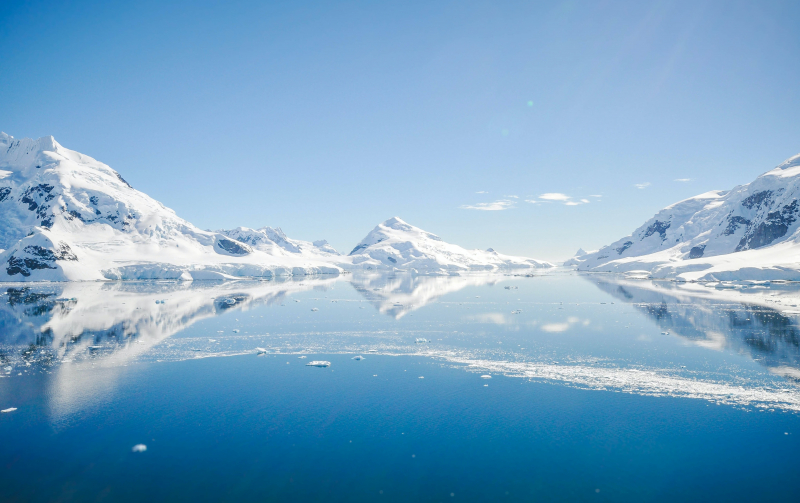
Image by henrique setim via unplash.com -
Apart from ice and penguins, the Antarctic is not particularly well-known. It appeared for a while that those items would remain there permanently, but perhaps this is not the case. Massive icebergs are breaking off from the continent on a more frequent basis. The world's biggest iceberg detached from the continent in May 2021. It was larger than Rhode Island's whole state. Of all, this was not the 315 billion ton iceberg that detached in 2019. alternatively, the trillion-ton one that separated in 2017. Or the other one, which in 2002 was also the size of Rhode Island.
Nobody is now aware of how much time the remaining Antarctic ice has. for a year? What is 100? There are both dire forecasts and innocuous ones in this game of chance. But regardless of where things go in the future, a sizable portion has already disappeared and won't be appearing anytime soon.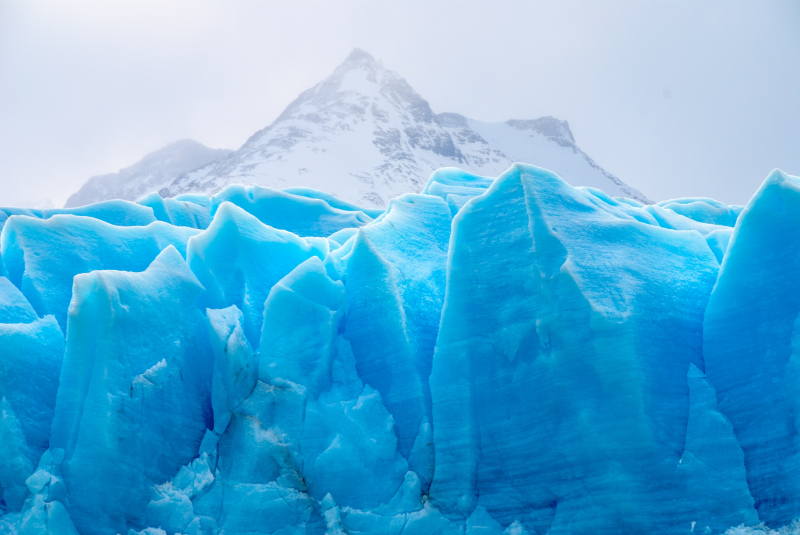
Image by Pixabay via pexels.com 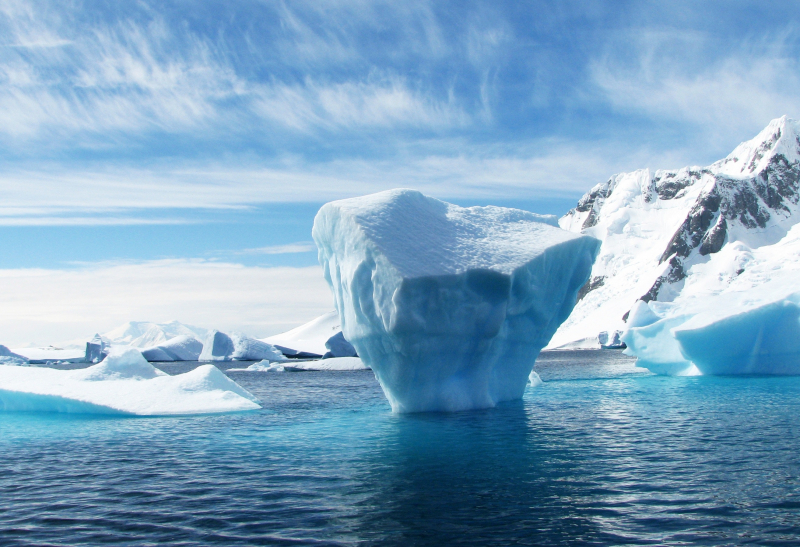
Image by Pixabay via pexels.com -
Massive sequoia trees in California have long been a popular tourist destination. The Pioneer Cabin Tree was among the most recognizable. In order to allow people to pass through the enormous tree, a tunnel was dug into its trunk in the 1800s. One of the most recognizable forest photographs ever is this one.
The enormous tree had a diameter of 22 feet and stood 100 feet tall. It was damaged by lightning at some point in the 1800s, and in 1881 the base was chiseled out to permit direct access through it. Nothing can defeat nature quite like nature, despite having endured for millennia and served as a tourist destination for many years. After a strong winter storm hit in January 2017, the tree was already experiencing root problems. The wind was too strong for the tree, so it was cut down.
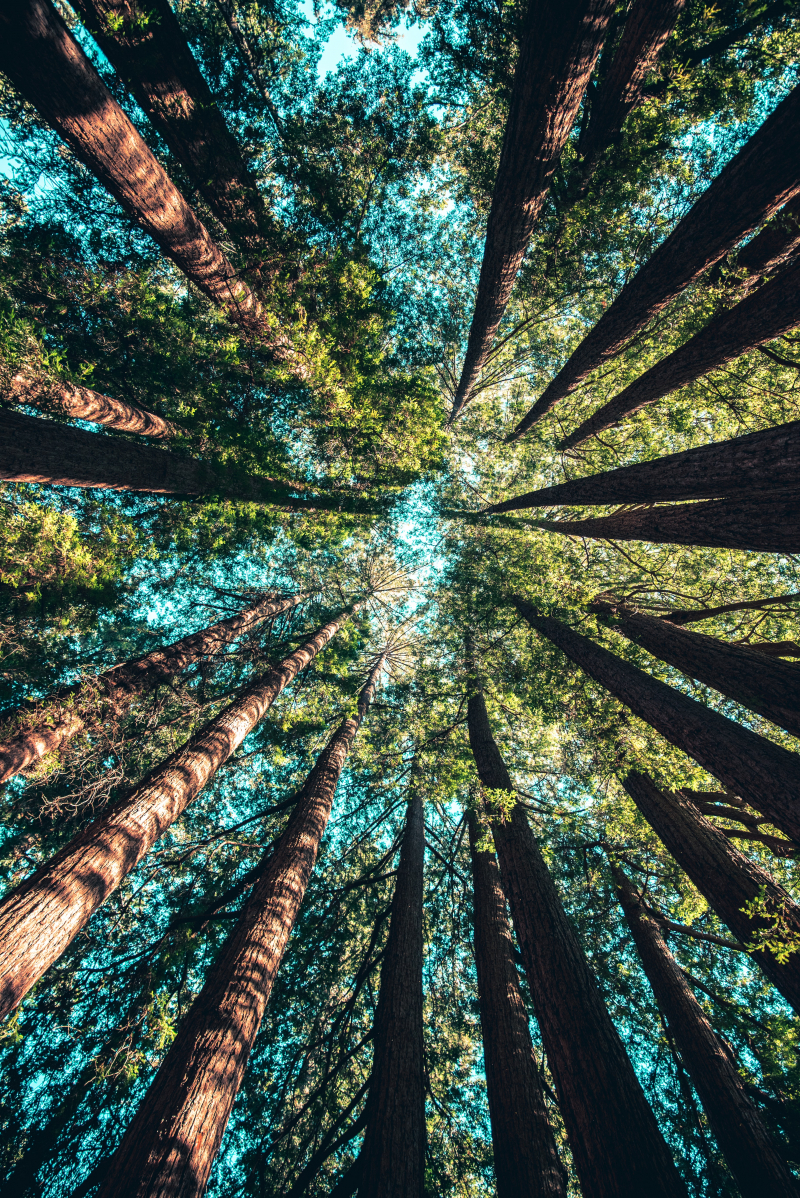
Image by Casey Horner via pexels.com 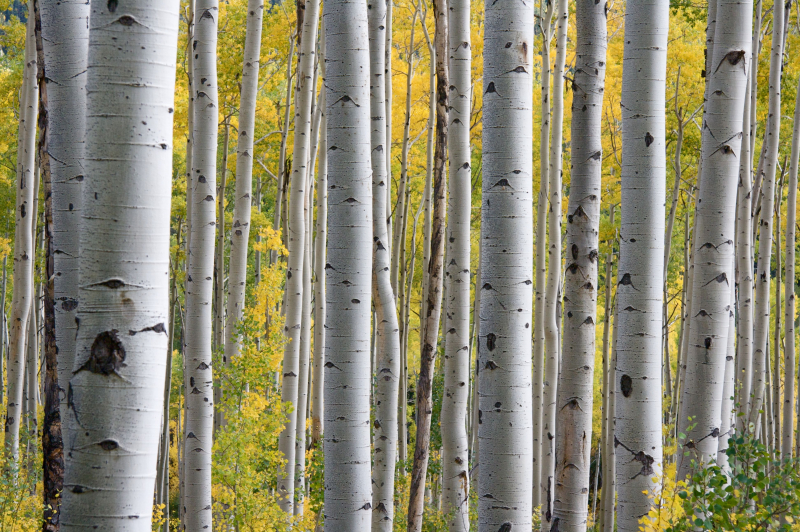
Image by John Price via pexels.com -
Galapagos IslandsOne of the most famous natural stone arches in the world is called Darwin's Arch, and it can be found in the Galapagos Islands, specifically close to Darwin Island. If you saw an image of something and didn't know its name, odds are you'd recognize it from pictures.
Scuba divers had long made The Arch a popular tourist site. The archipelago's abundant life could be found all around it and drew academics and travelers from all over the world. Divers frequently come across hawksbill turtles, dolphins, tuna, hammerhead and whale sharks, manta rays, and many more species.
You won't be diving beneath the arch, however it's possible that you can still see all those creatures there. It fell into the water on May 2021. The two pillars that previously supported the arch are still surviving as a result of natural erosion. The crosspiece, though, is now a part of the ocean floor.
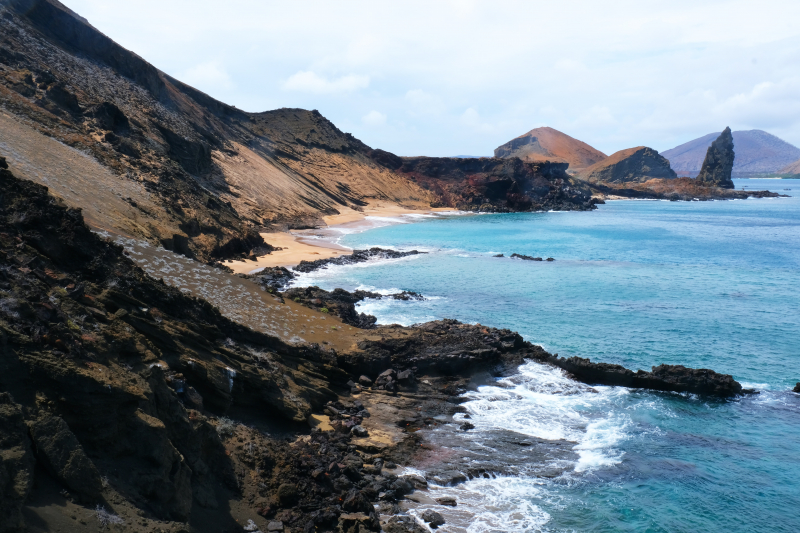
Image by Nathalie Marquis via pexels.com 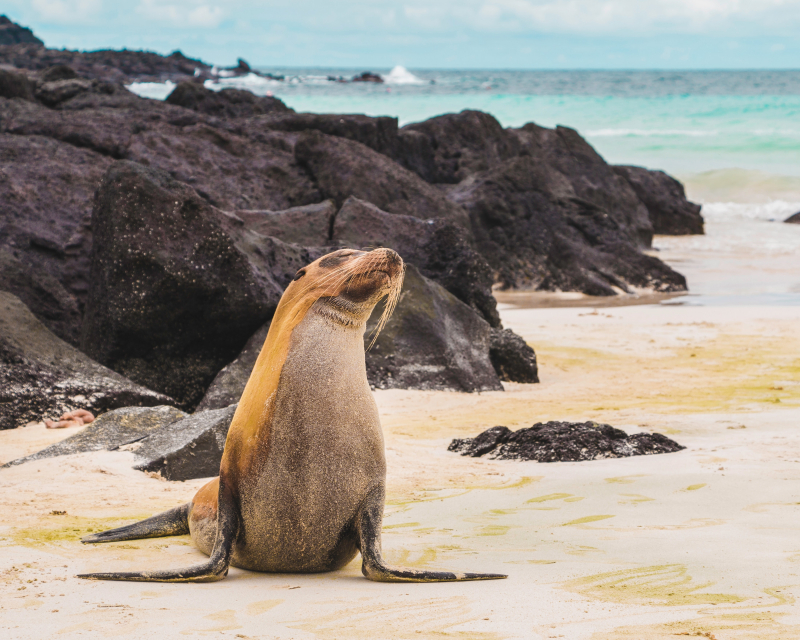
Image by Amy Perez via pexels.com -
The Azure Window of Malta might be well-known to Game of Thrones viewers. The wedding of Daenerys and Khal Drogo in the first season of Game of Thrones took place against the backdrop of the limestone arch that spanned out over the water. And since that place no longer exists, it's fortunate that HBO was able to capture the film when they could.
Erosion had been damaging the arch for many years. Fighting off the elements of wind, rain, and sea is a challenge. The arch, however, was unable to withstand a storm that battered Malta's shore in 2017 because of gale-force winds. There was nothing left behind as the entire building fell into the water.

Image by Ben Jessop via pexels.com 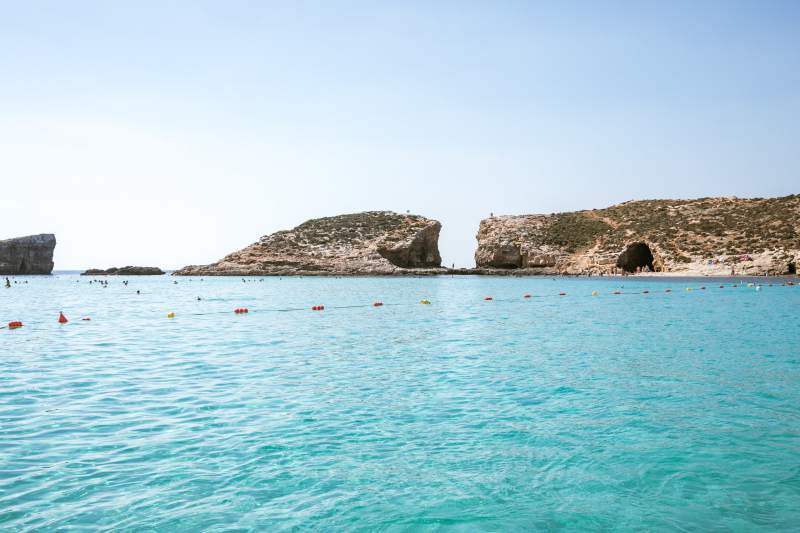
Image by Egle Sidaraviciute via pexels.com












